Any little dam or pond on a summer’s night, as long as it has some water and a bit of vegetation around it, can be a magnet for the frog-photographer (yes, there is such a niche in photography).
On a weekend escape with the family, as we sit on the verandah of rented cabin enjoying the fading late-afternoon light, a chorus of weird noises drifts up from a small dam just out of view, on the edge of some bush. Frogs!
I’m instantly trying to identify the callers, a habit formed many years ago when summer nights were often spent in the somewhat eccentric pastime of lurking in a muddy, mozzie-ridden swamp trying to find some tiny frog, while clutching cameras, flashes, cables and other paraphernalia.
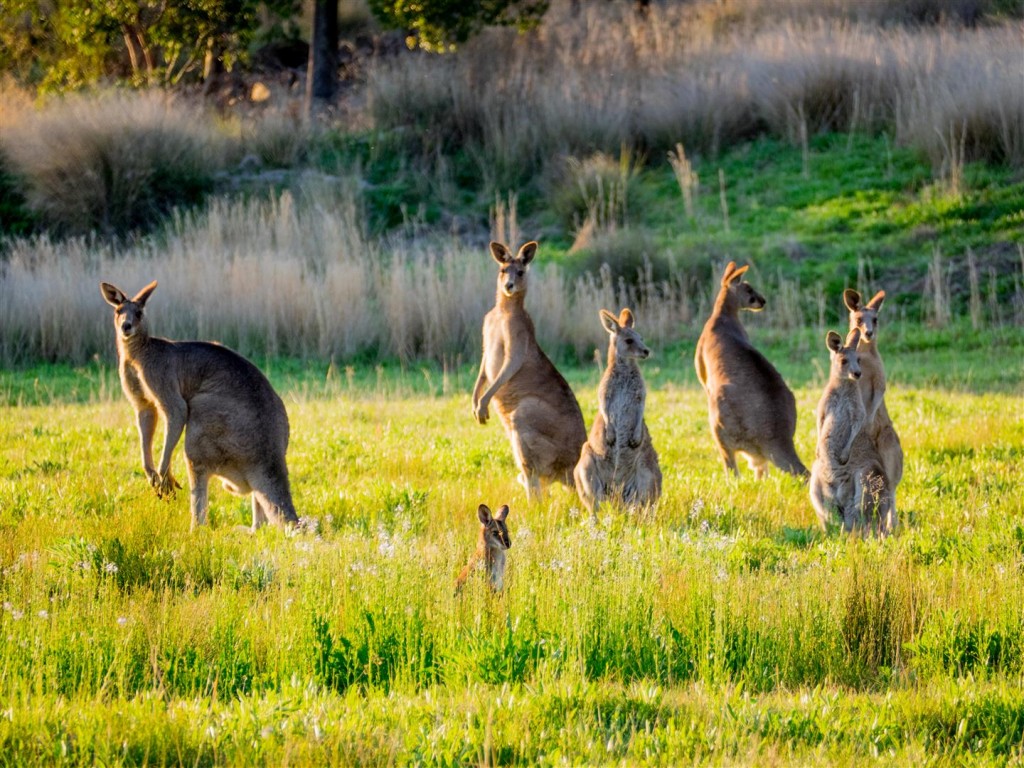
Eastern Grey Kangaroos, and a single Red-necked Wallaby , hanging out on a slowly-cooling afternoon, and probably trying to identify the species of frogs they can hear calling.
I’m travelling a bit lighter with camera gear these days. I grab my Olympus OMD-EM1, a 60mm macro, a single flash with off-camera cable and head down to the dam to take a look.
I’m soon reminded that it’s always harder to find frogs than I remember.
A racket of various sounds assails my ears as I approach the dam, which is surrounded by vegetation and covered in water-lilies. Where to start? I pick a weird little ‘riiiiiiik’ sound in the grass and sneak up on the culprit.
Of course the frog hears some monster with the sun strapped to its head approaching noisily and, sensibly for a small vulnerable amphibian, stops calling. It seeks a mate, not some huge predator, and has no desire to be the subject of a dodgy blog post by some nocturnal swamp-wandering weirdo.
I move on to the source of another of these sounds, only to have the same thing happen. Soon, I’m heading off to nowhere, no closer to finding the tiny frog. If a fellow frogologist, sorry, herpetologist, was present, we could triangulate and move to the meeting spot of pointed fingers. X marks the spot. A secret frog-finding technique I learned from the Frog Photography Guild in my local chapter of the Illuminati.
However, I’m on my own tonight, as there was no chance of convincing wife and teenage son to attach head-torches and help me. They’ve been there before, remembering epic all-night expeditions that started with an innocuous “Can you help me find this frog?”. They are more interested in finishing a game of Simpsons Monopoly (yes, there is such a thing).
When you’re on your own, you soon realise that frogs are amazing ventriloquists. They are never where their calls seems to indicate. However, I persist, returning to the first caller, and eventually spot the lurking little character. He’s a member of the genus Uperoleia, a frog group known commonly as Toadlets or preferably to me, Gungans. There are currently ten known species of these small frogs in Queensland, and they are all hard to identify to species level. I think I’ve found a Uperoleia rugosa, the Wrinkled Toadlet or Chubby Gungan.
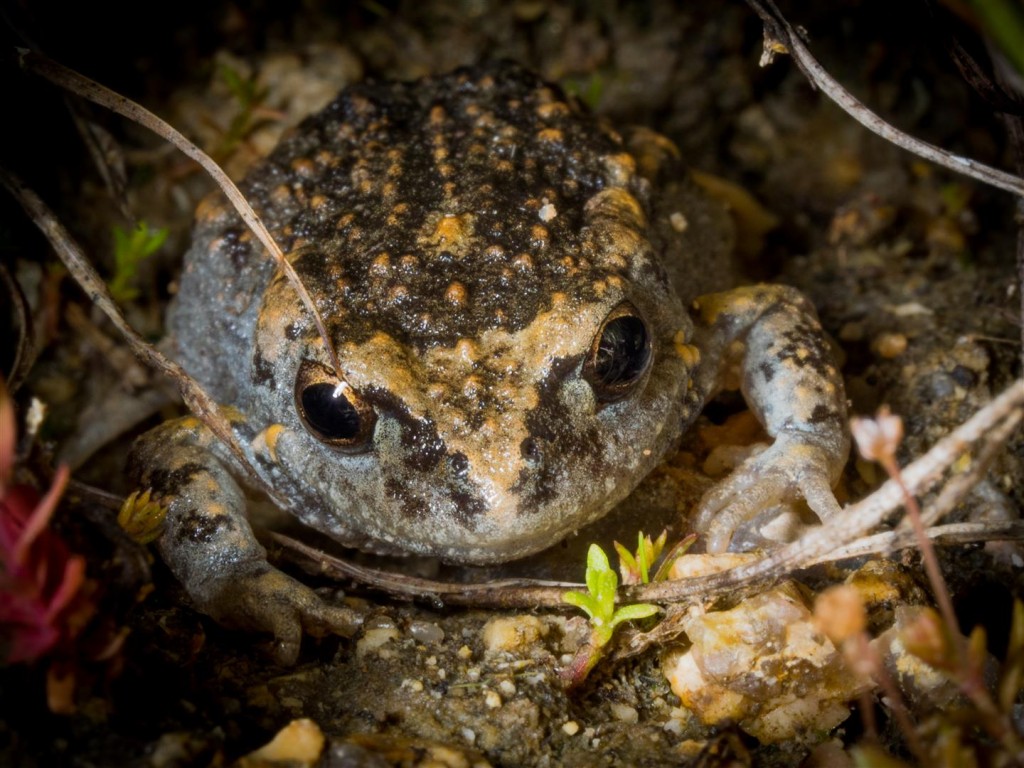
“Oh no, the swamp-wandering weirdo has found me!” Chubby Gungans are about 3cm long and are great ventriloquists.
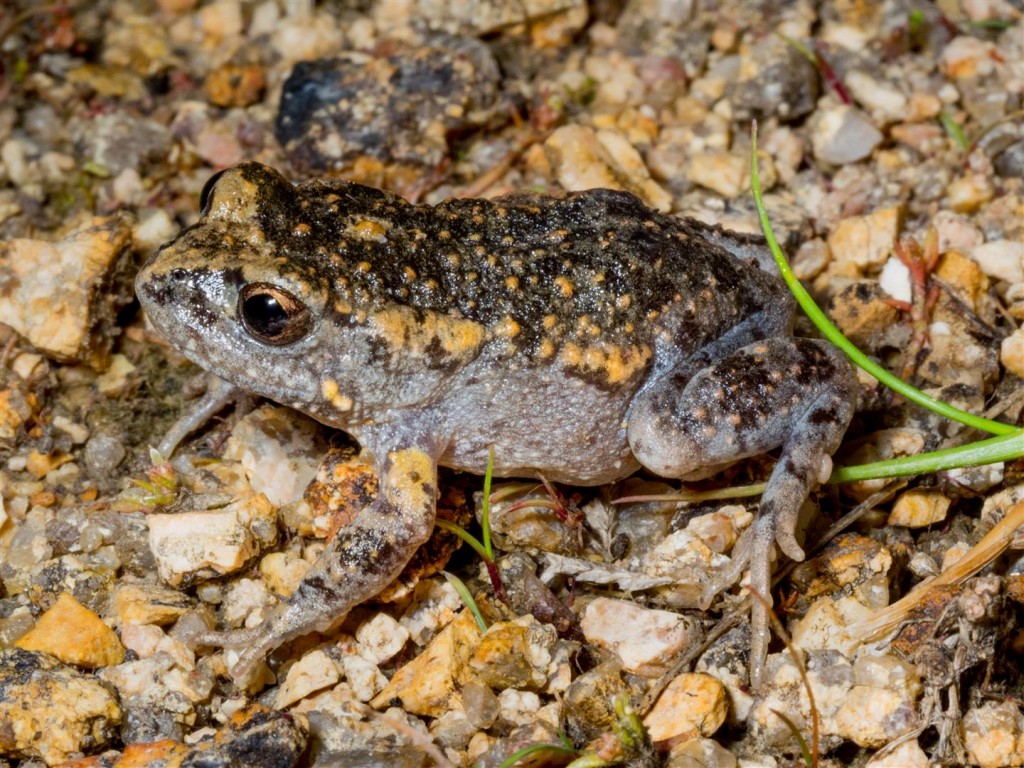 There are other tiny things wandering about at night, including this colourful spider.
There are other tiny things wandering about at night, including this colourful spider.
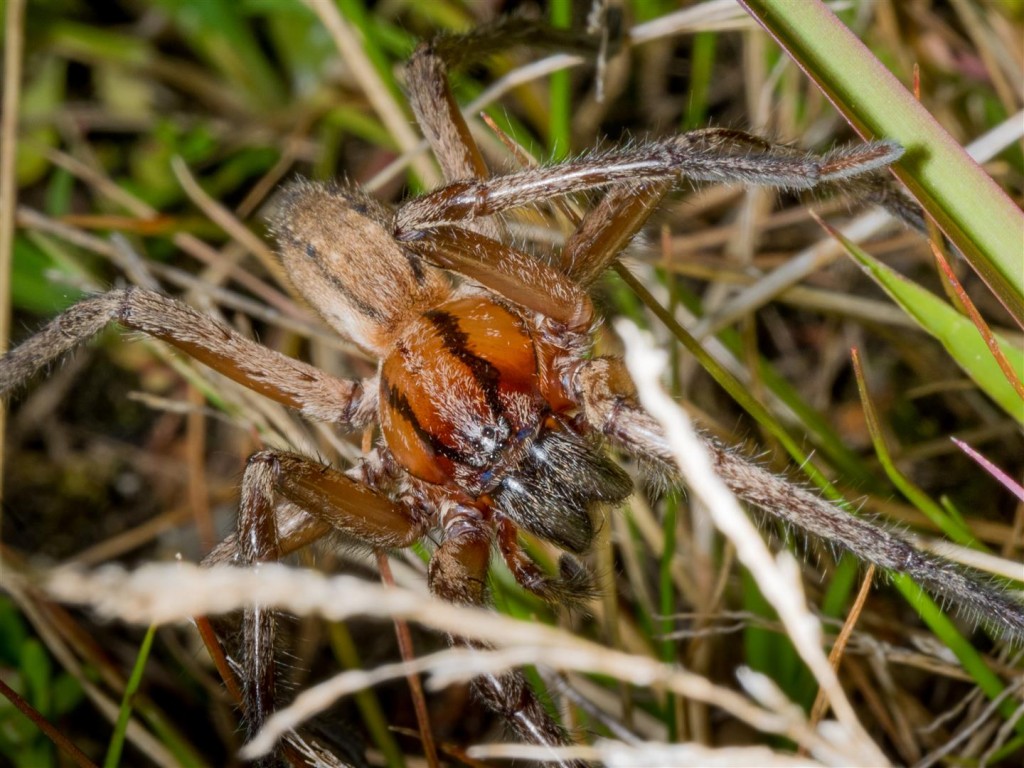 One of the dam-side calls is quite distinctive, It’s a loud, manic, descending cackle — the laughing call of the Emerald-spotted Tree Frog, Litoria peronii. This is one of my favourite animals, a true character. It always make me smile when I hear their ridiculous call.
One of the dam-side calls is quite distinctive, It’s a loud, manic, descending cackle — the laughing call of the Emerald-spotted Tree Frog, Litoria peronii. This is one of my favourite animals, a true character. It always make me smile when I hear their ridiculous call.
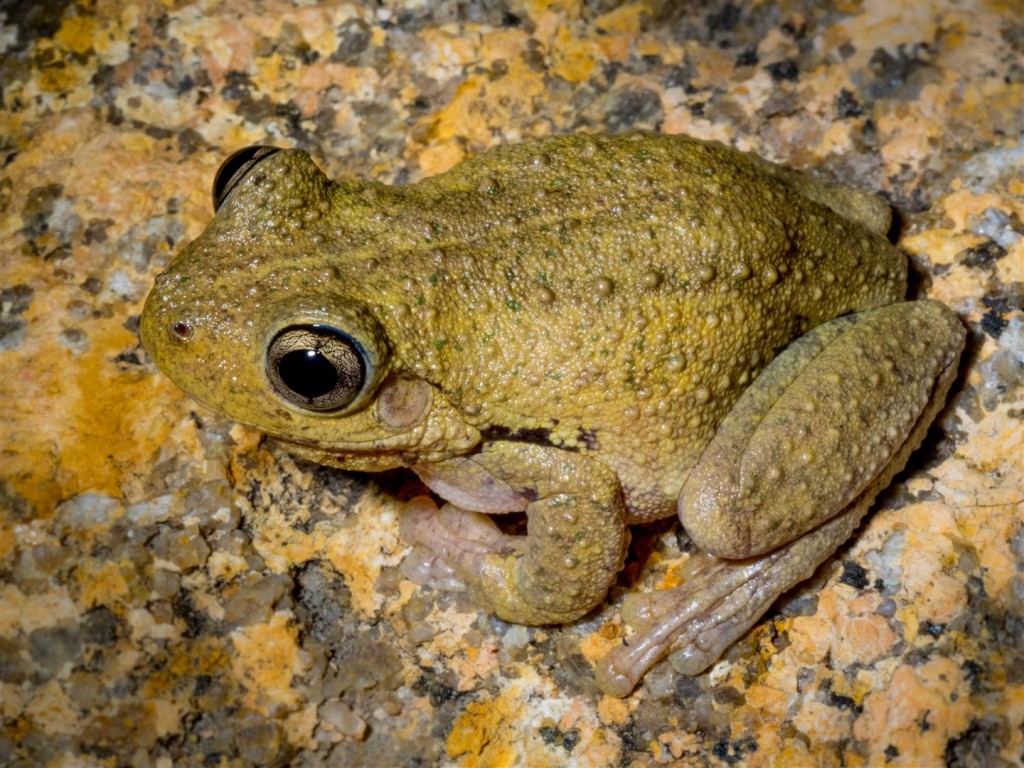
It’s a bit hard to see the bright green spots on this frog, but they are there. They have wonderful bright yellow and black markings inside their hind legs. This is one of three similar species in Queensland that have green spots.
A sudden movement catches my eye as a frog leaps through the air in front of me. I track it down. It’s a Broad-palmed Rocket Frog, Litoria latopalmata. This species makes a series of rapid ‘quacks’ that accelerate then slow down.
A loud ‘bonk’ sound leads me to another favourite frog — the Eastern Banjo Frog or Grey-bellied Pobblebonk, Limnodynastes dumerilli. Limnodynastes means something like ‘Lord of the Marshes’.
One frogologist describes their call as ‘reminiscent of PVC pipe being struck by a rubber thong’. How would you know that? I guess you’d have to try it. Eccentric lot indeed. Pobblebonk, their other common name, is a great interpretation of the sound a bunch of these make when calling at once.
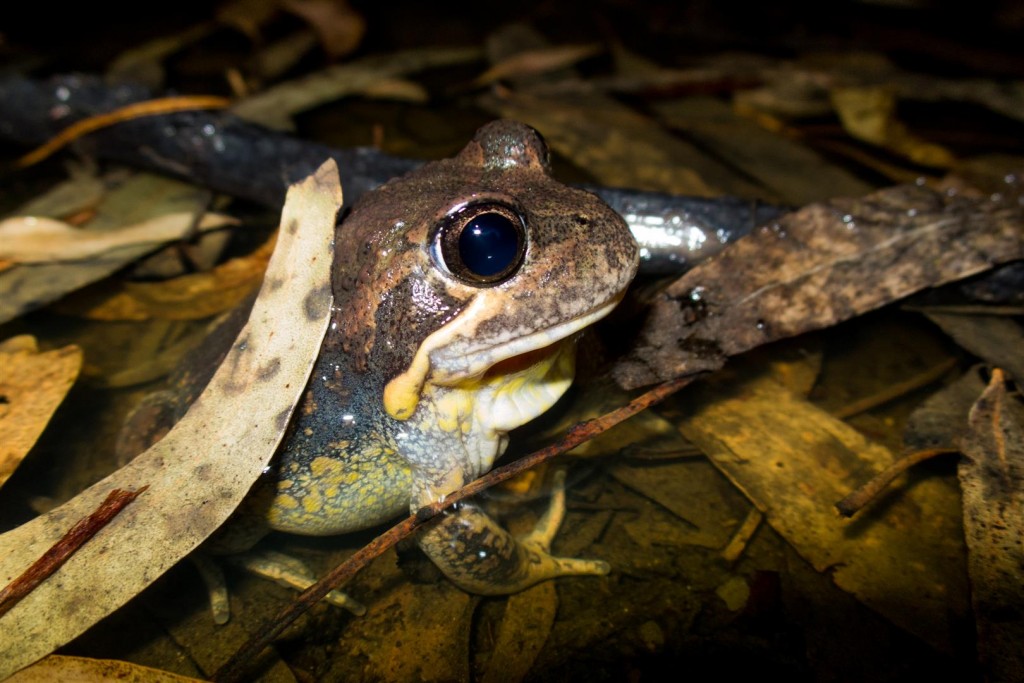 The most persistent call in the froggy racket is an almost deafening rasping, rickety call. Small green and brown frogs cling to feeds or occupy lily pads. These are delightful Eastern Sedge Frogs, Litoria fallax. Each frog is slightly different, their colour various combinations of greens and browns. They are like tiny jewels. I like them a lot.
The most persistent call in the froggy racket is an almost deafening rasping, rickety call. Small green and brown frogs cling to feeds or occupy lily pads. These are delightful Eastern Sedge Frogs, Litoria fallax. Each frog is slightly different, their colour various combinations of greens and browns. They are like tiny jewels. I like them a lot.
There’s at least one other species calling. I’m pretty sure it’s a Clicking Froglet, Crinea signifera, or possibly a Beeping Froglet, Crinea parinsignifera. I’m too tired to catch it, so here’s a pic of a Beeping Froglet I found one night in a road-side swamp in Texas, southern Queensland. It’d look something like this from a prone position in the mud (how I met this one).
As I sloshingly return to the Monopoly players (Homer has been rendered bankrupt by Margie apparently), and the calls of the unfazed frogs fade behind me, I reflect on the many memorable meetings I’ve had with these critters over the years.
It may indeed seem odd to some, but I’ve enjoyed the moments spent with such mysterious and ridiculously enchanting amphibians in the bush at night. I count myself lucky to have met them. Long may we have such wonderful things out there somewhere in the darkness busy being themselves.
Here’s a quick rogue’s gallery of some of the frogs I’ve tracked down over the last few decades.

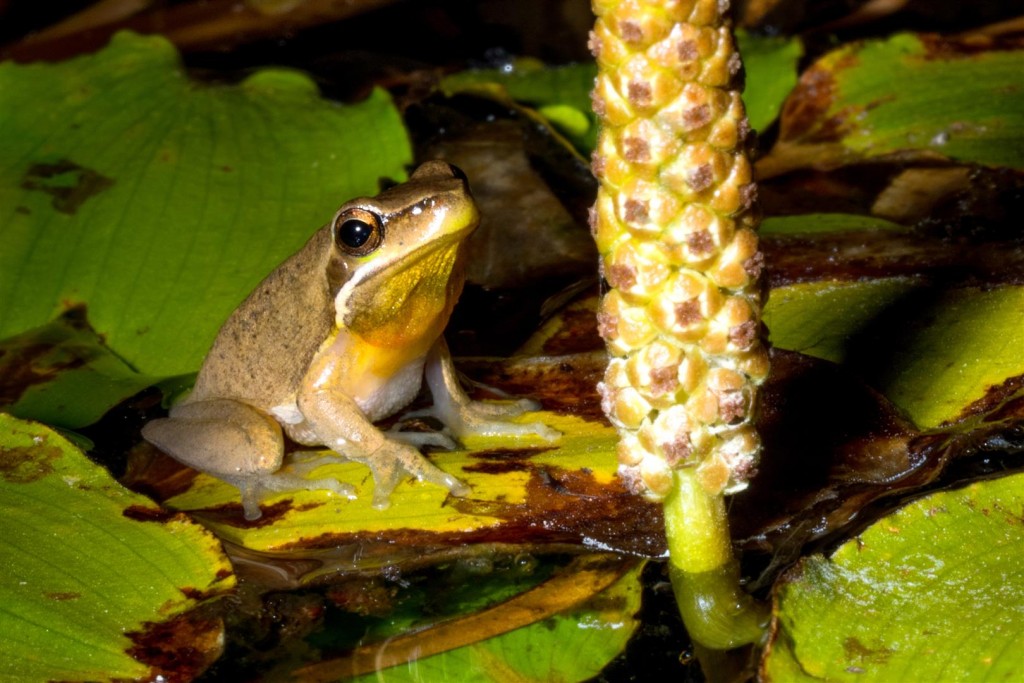
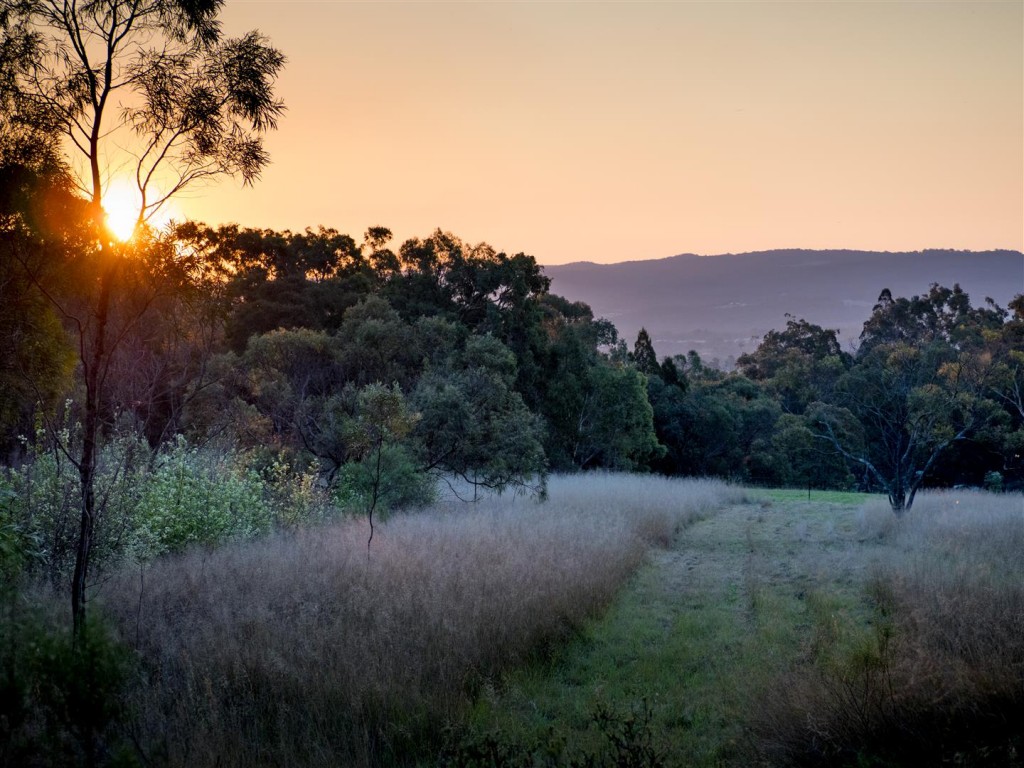
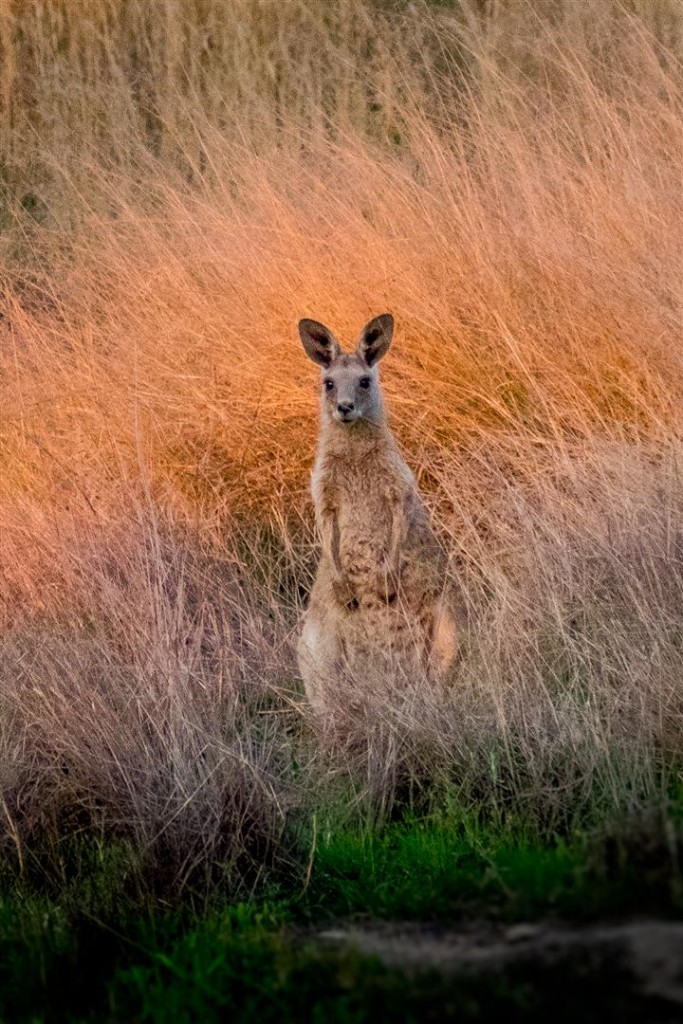
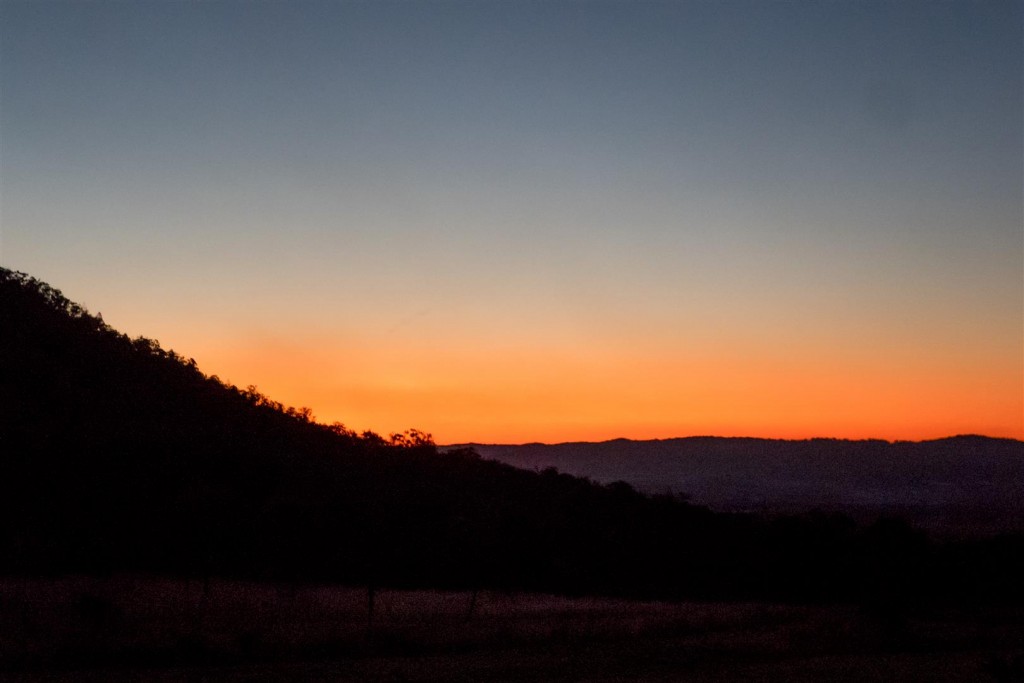
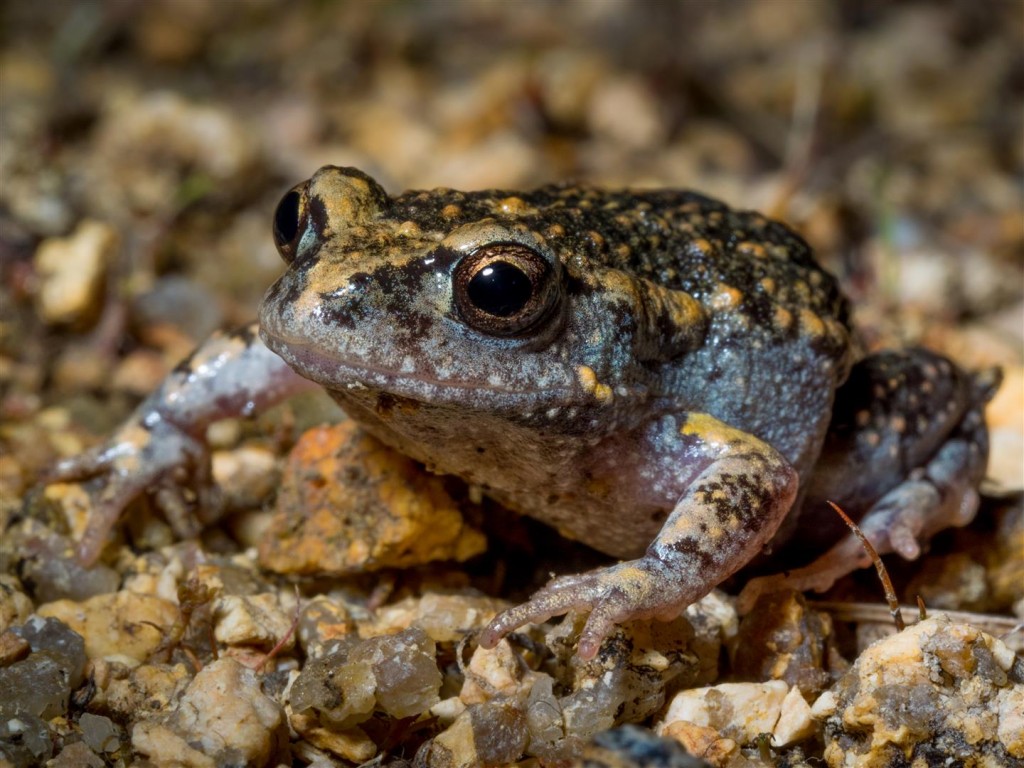
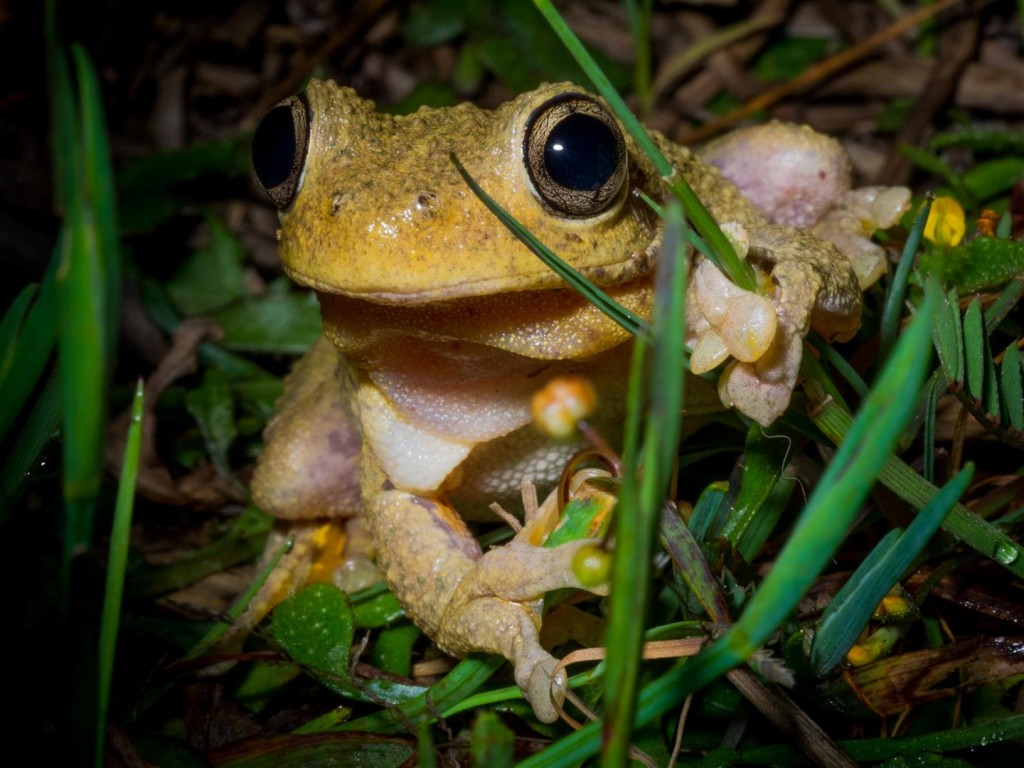
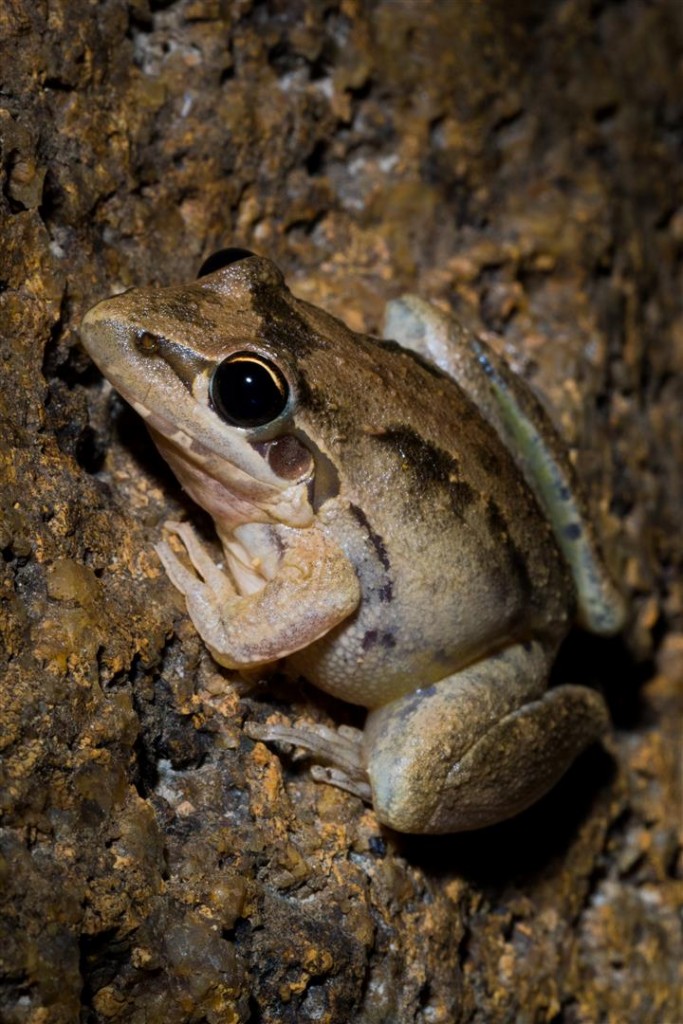
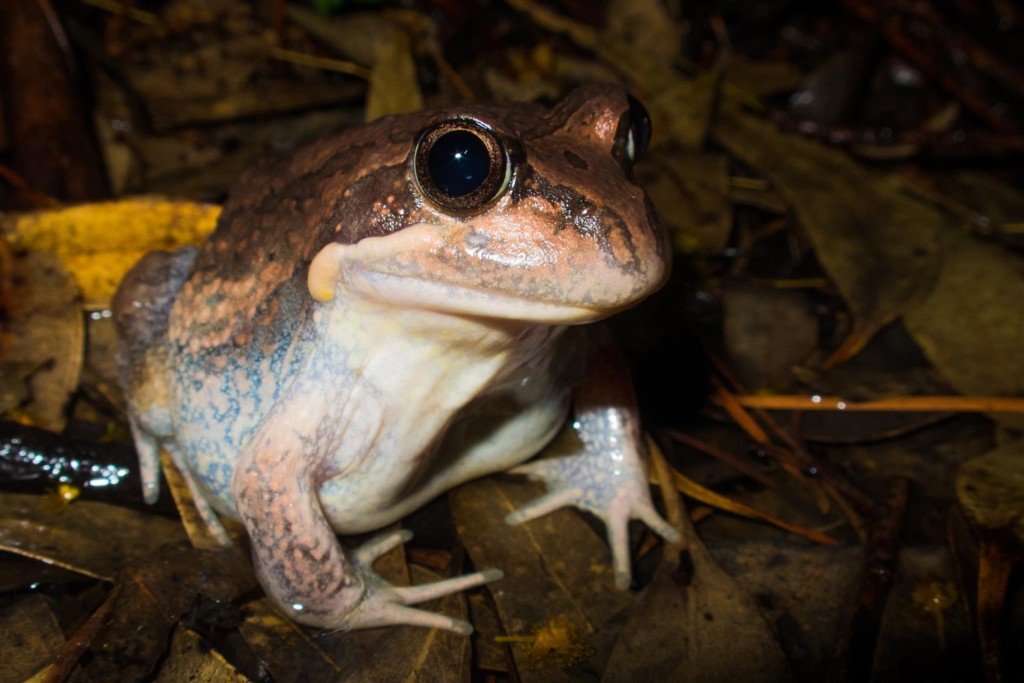
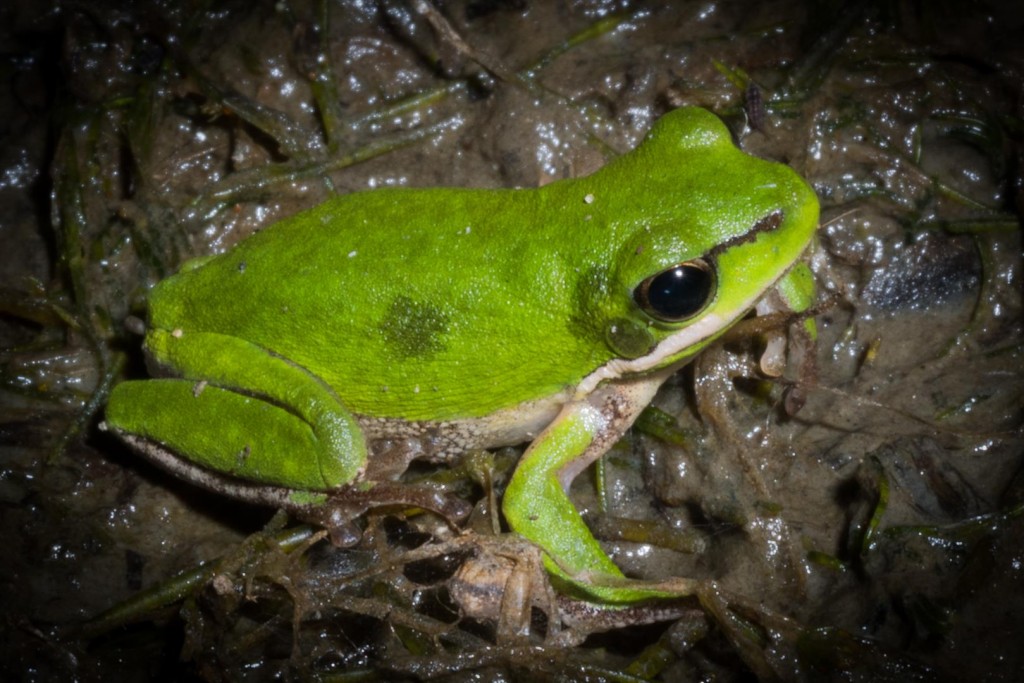
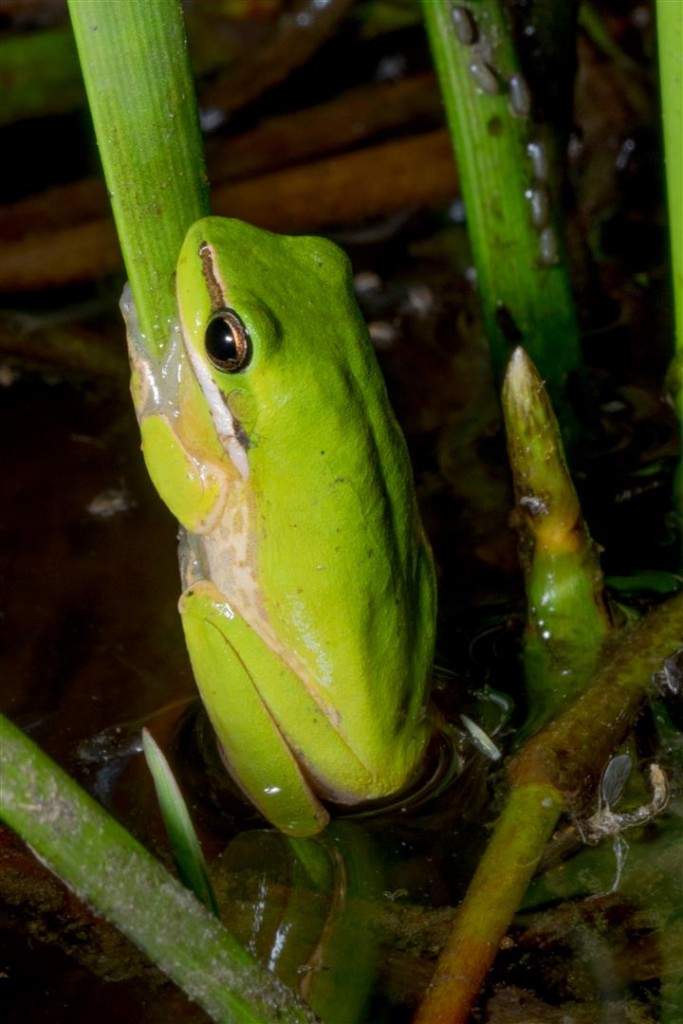
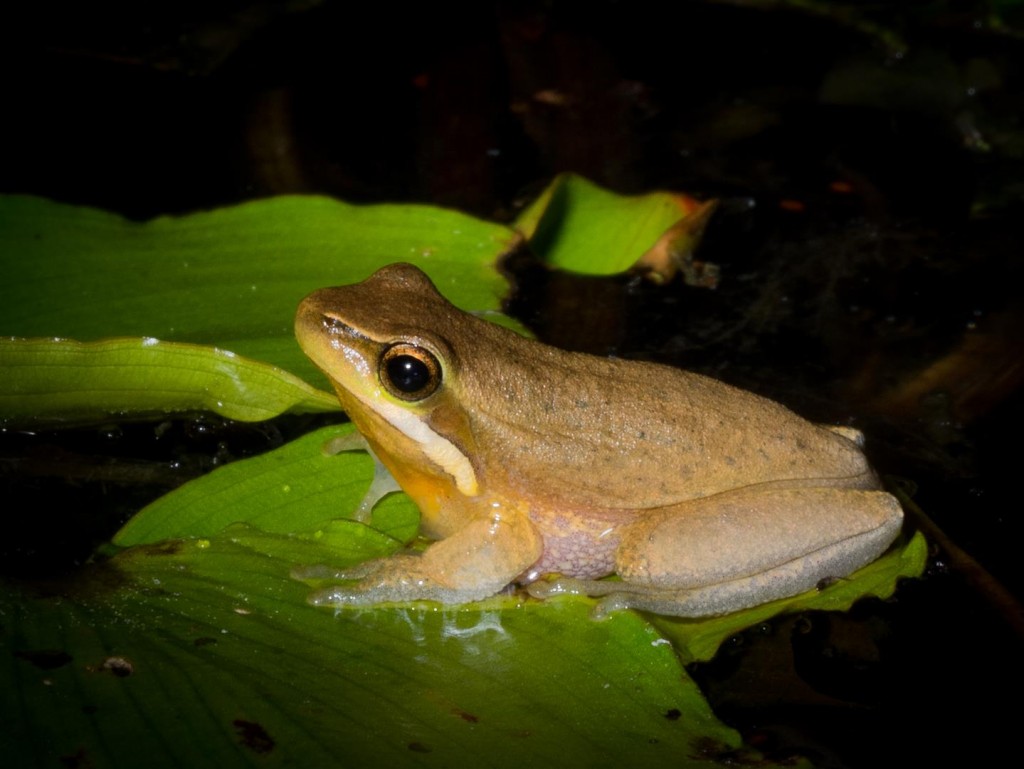
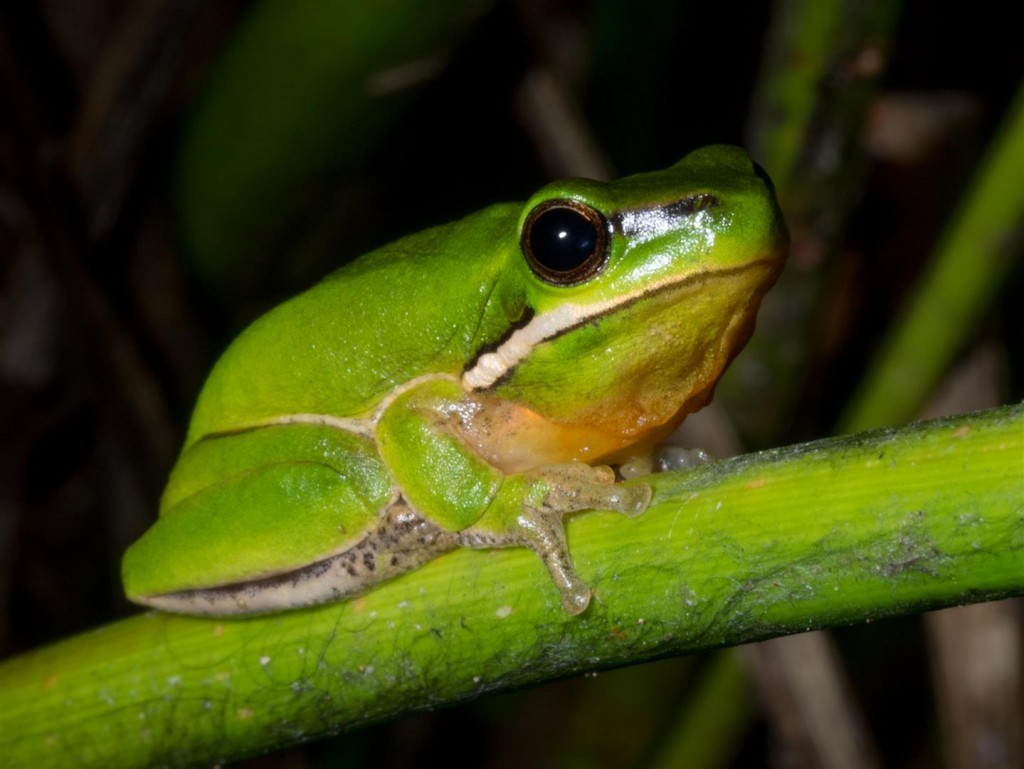
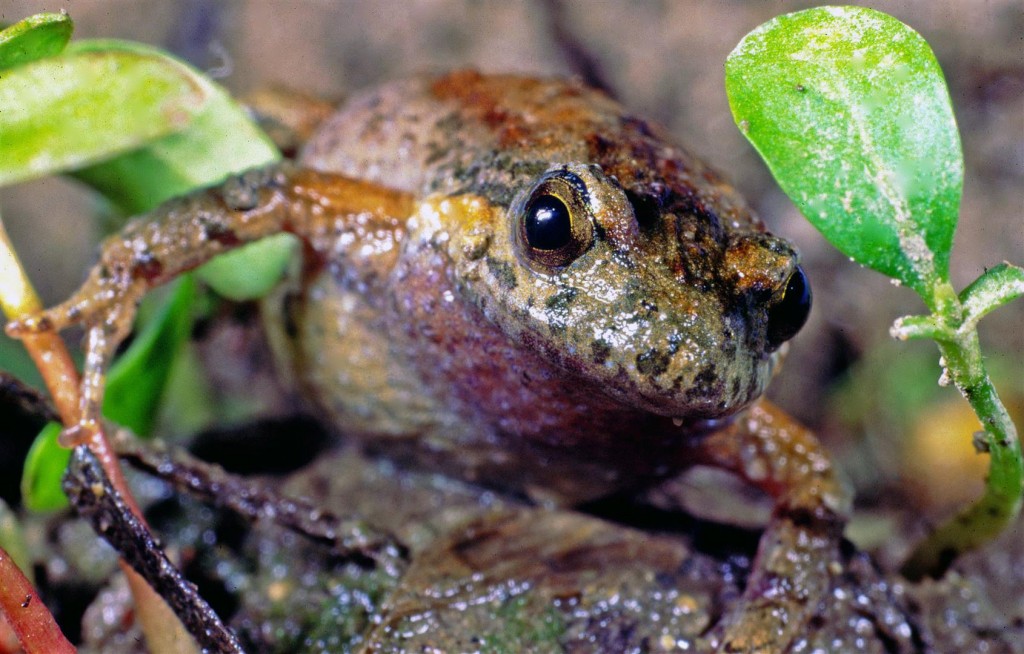
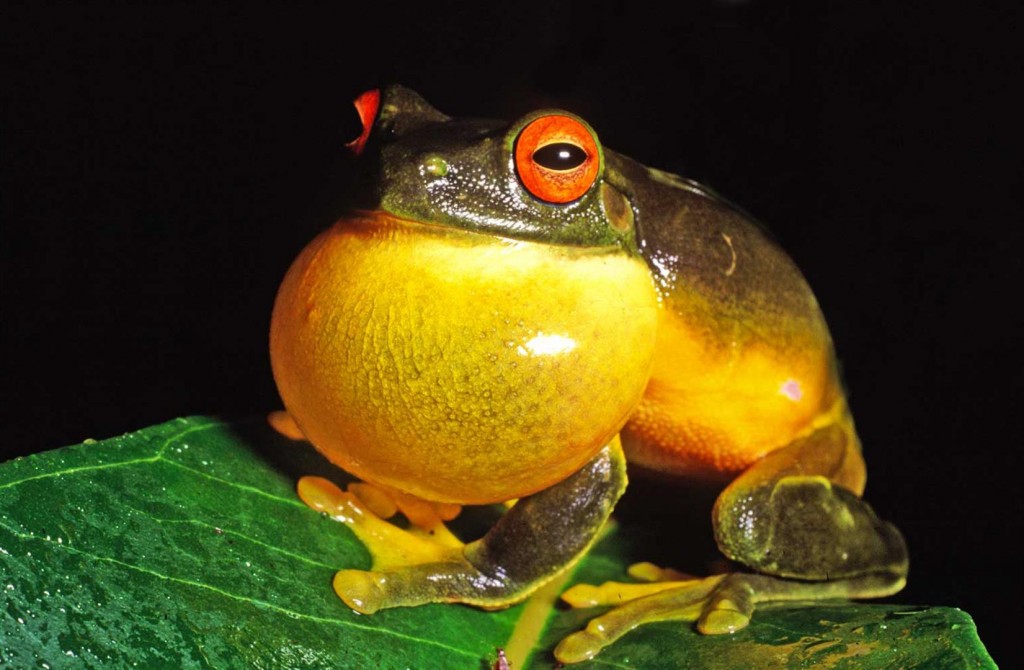
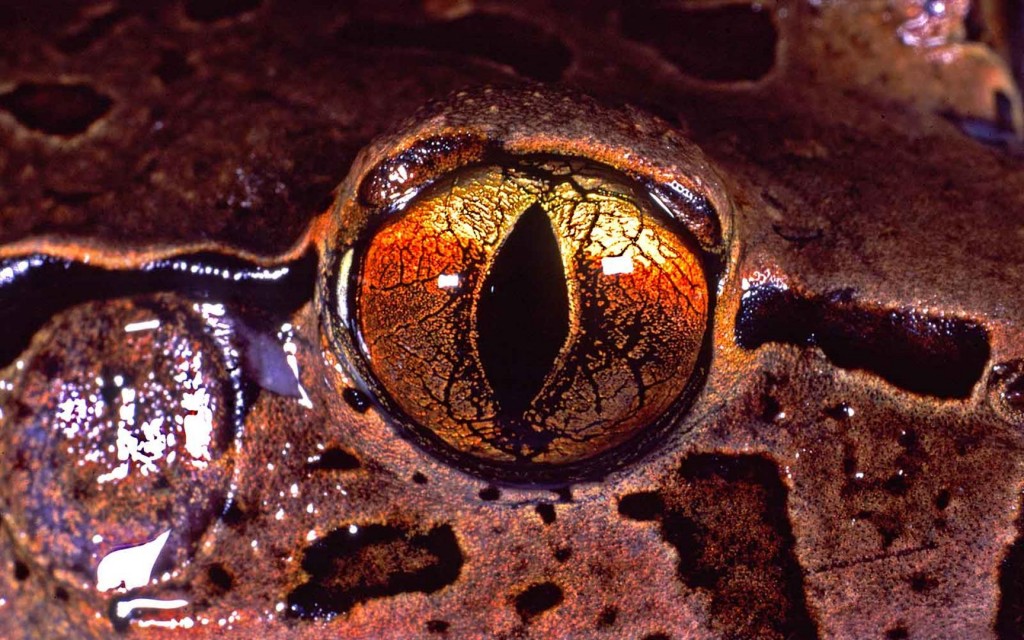
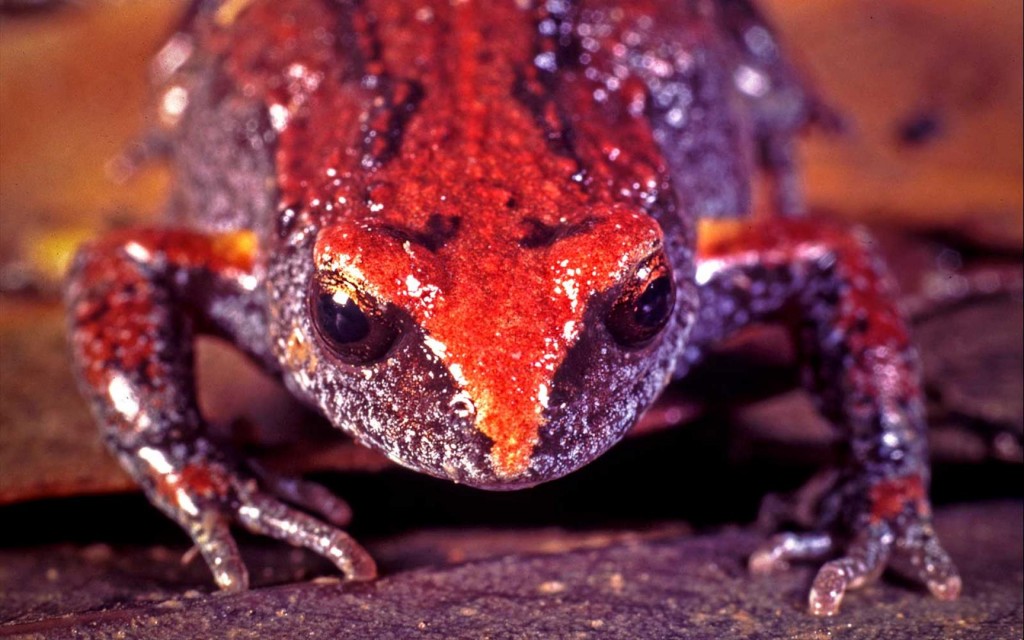
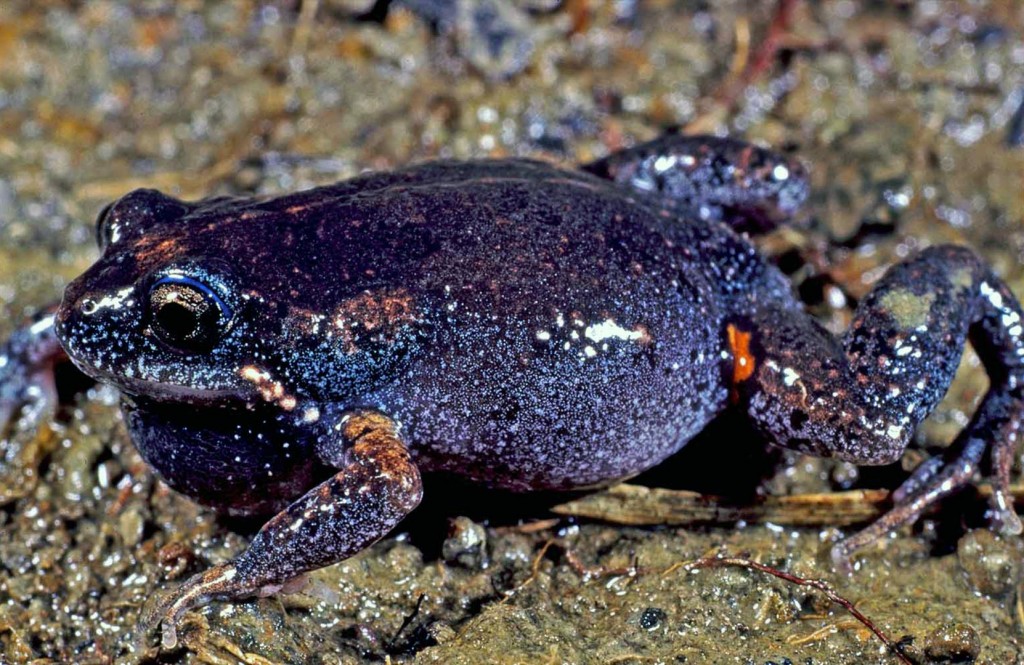
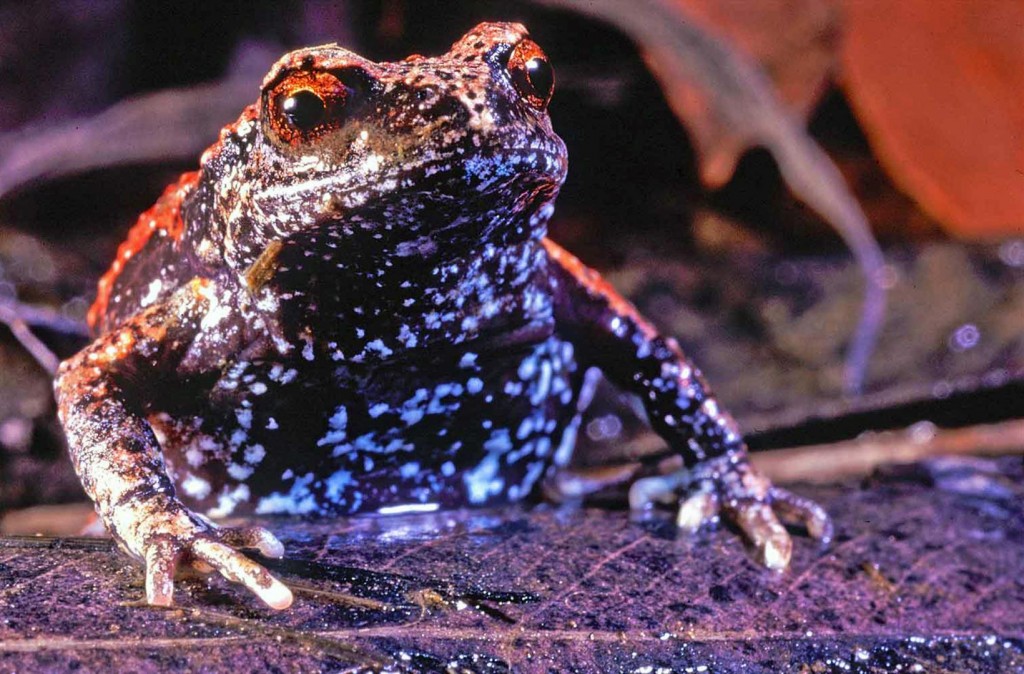
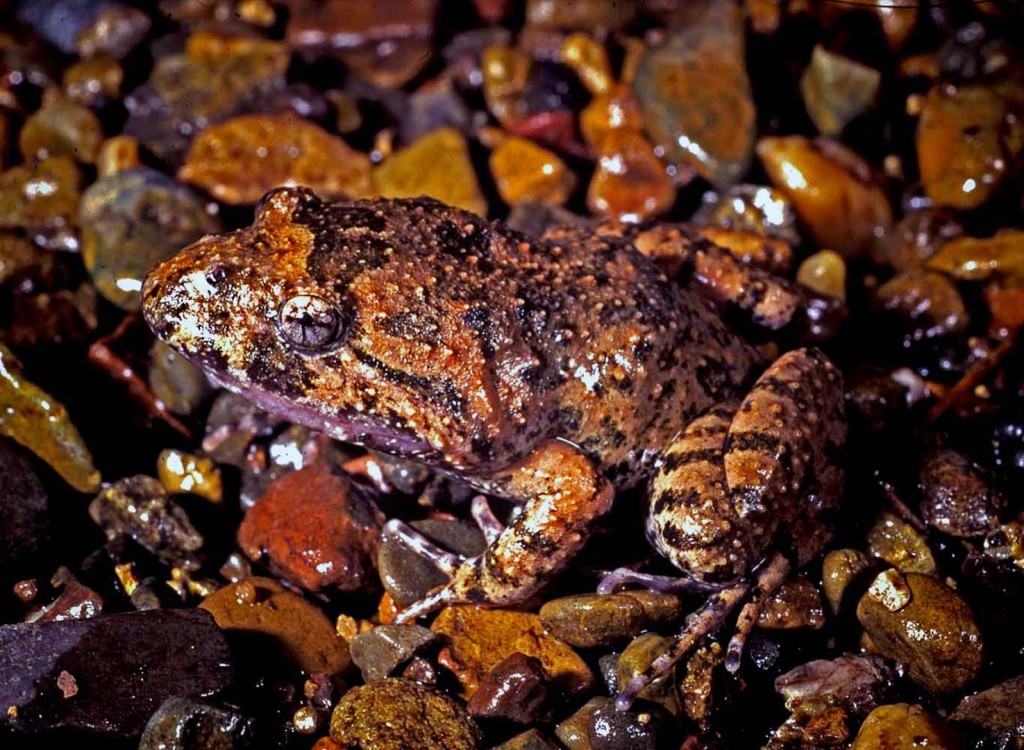
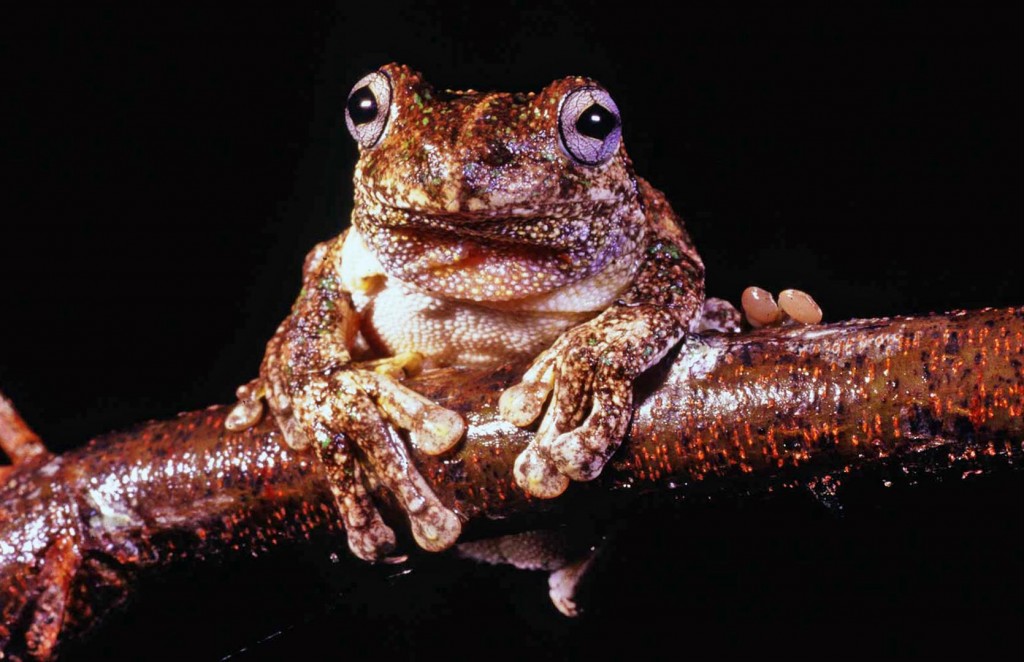
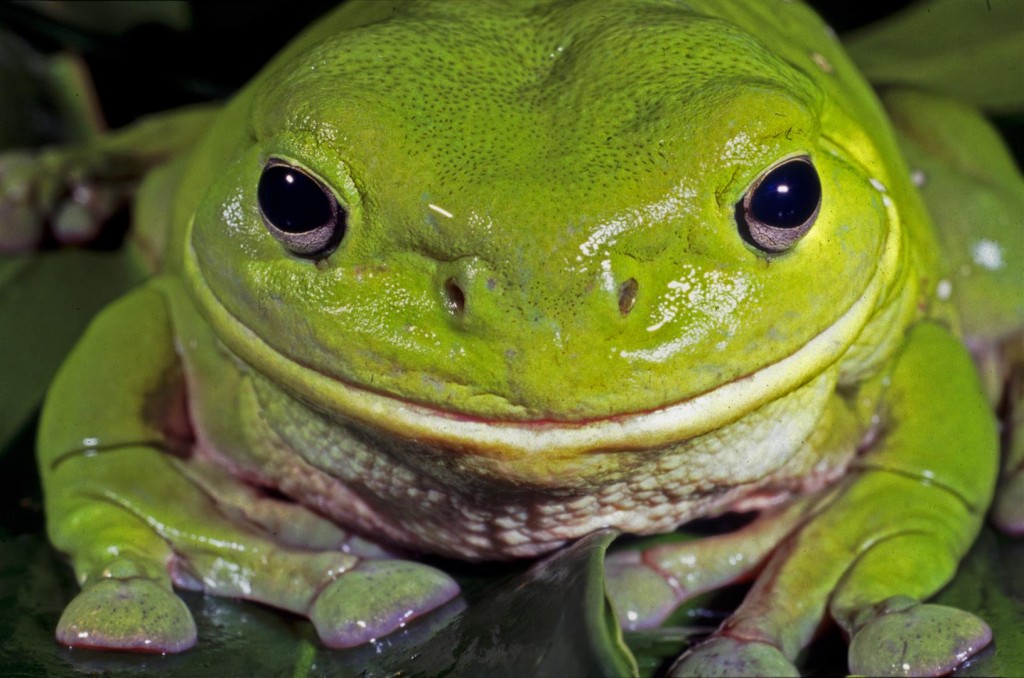
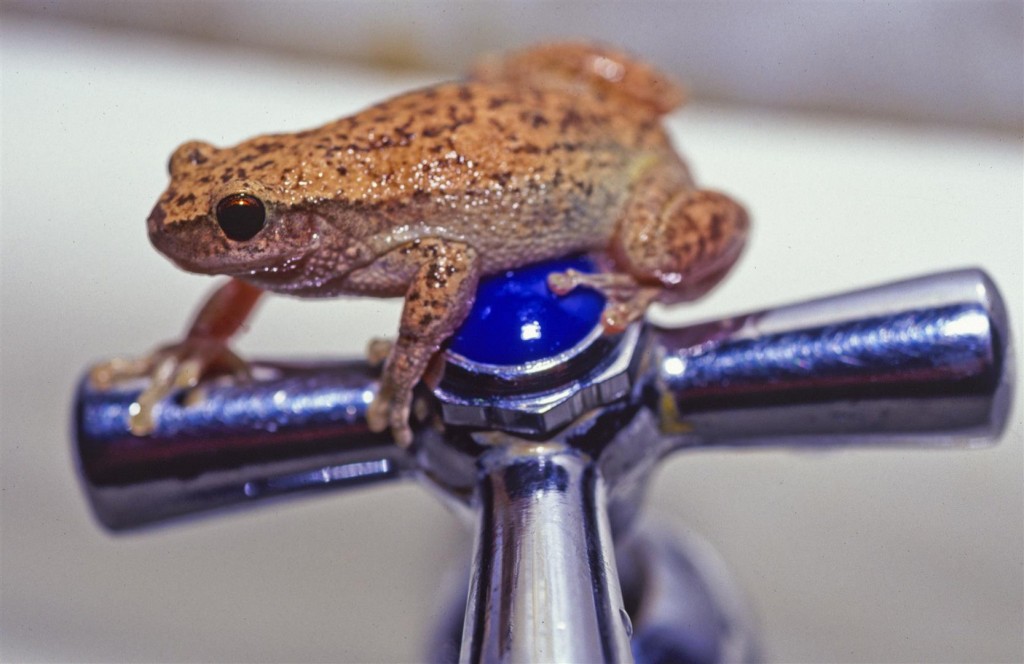
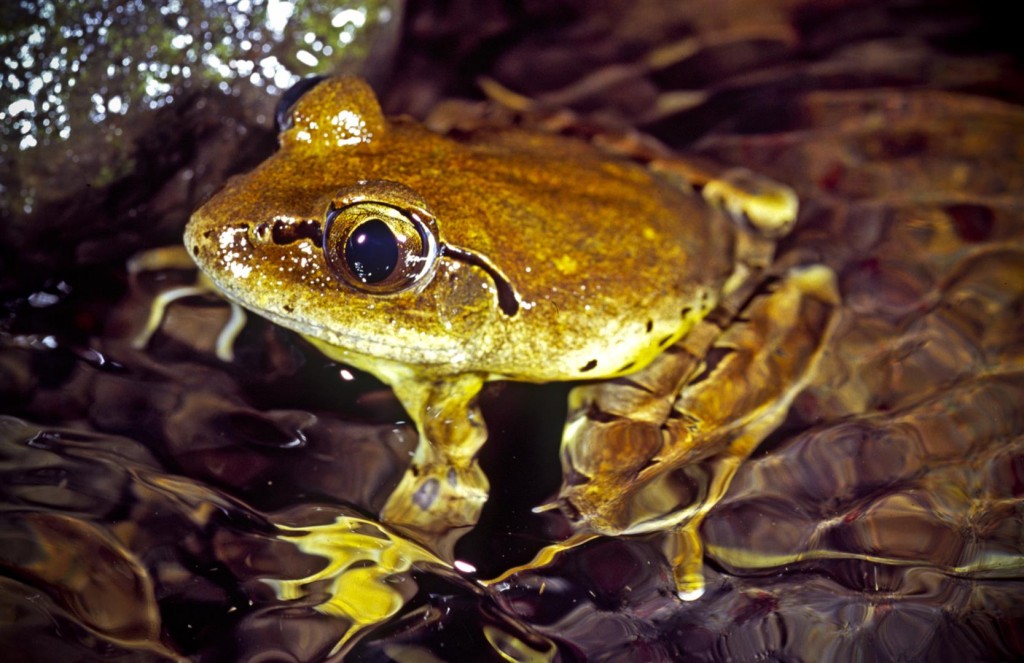
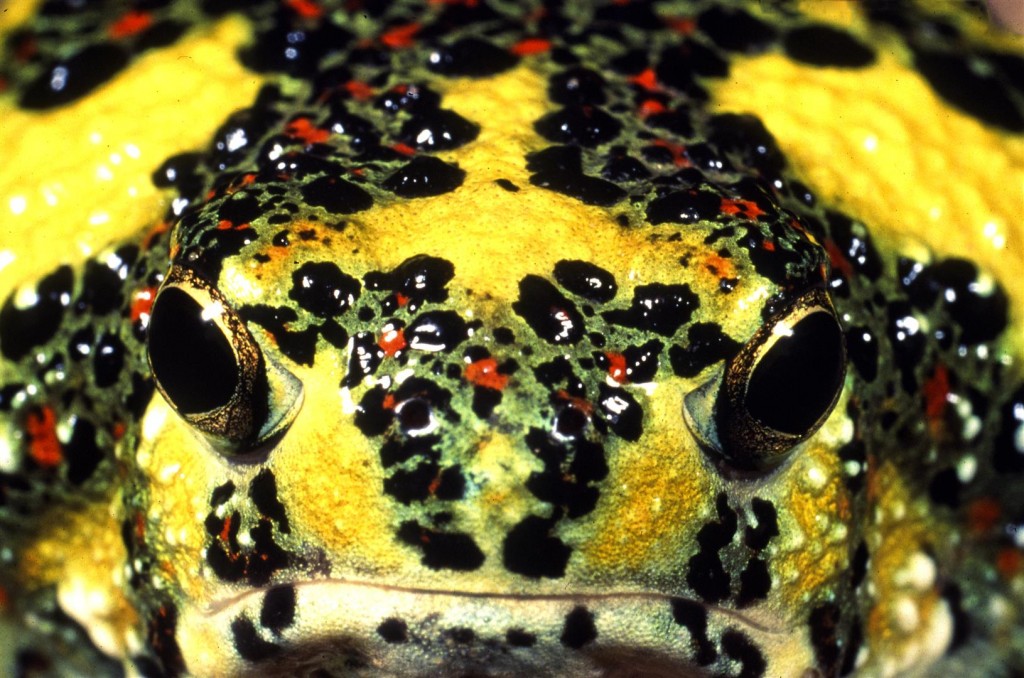
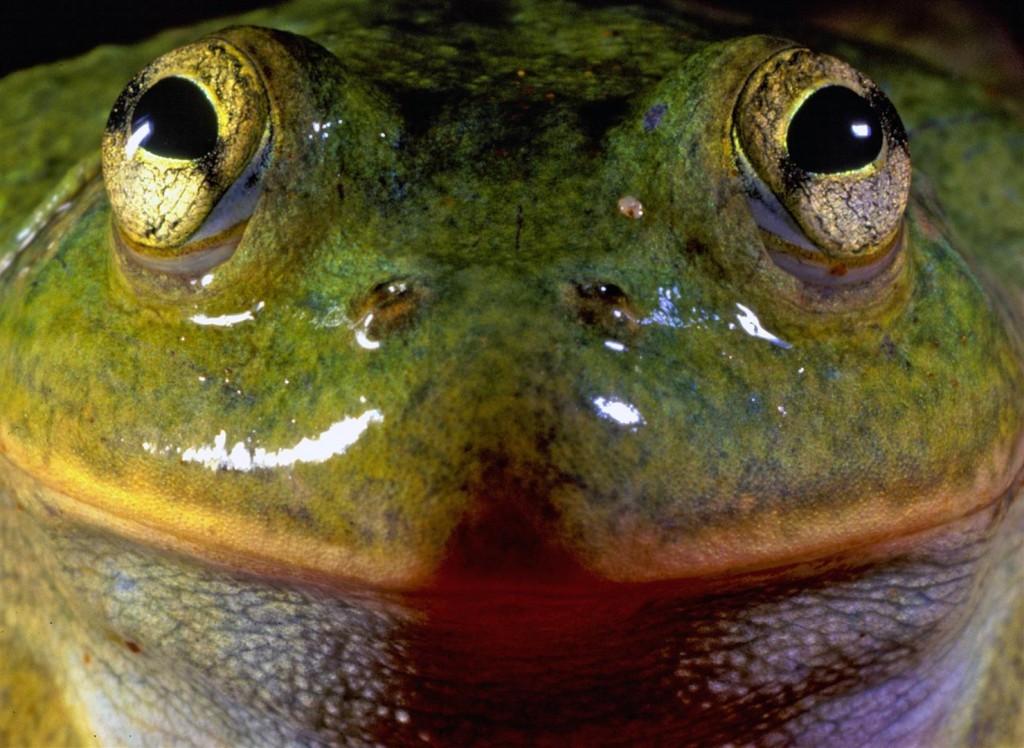
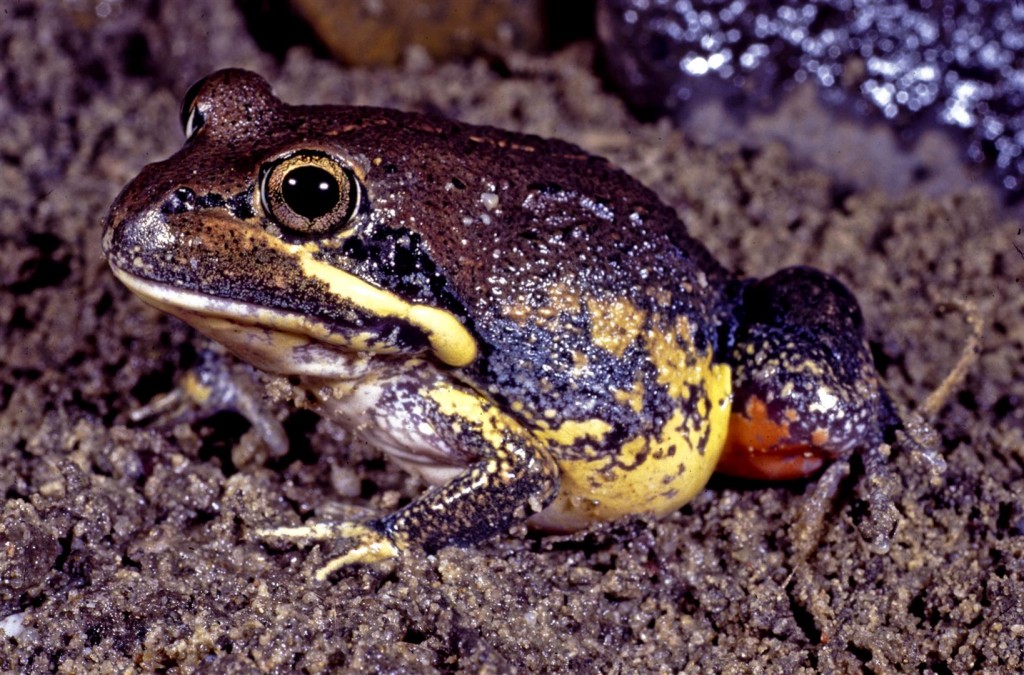
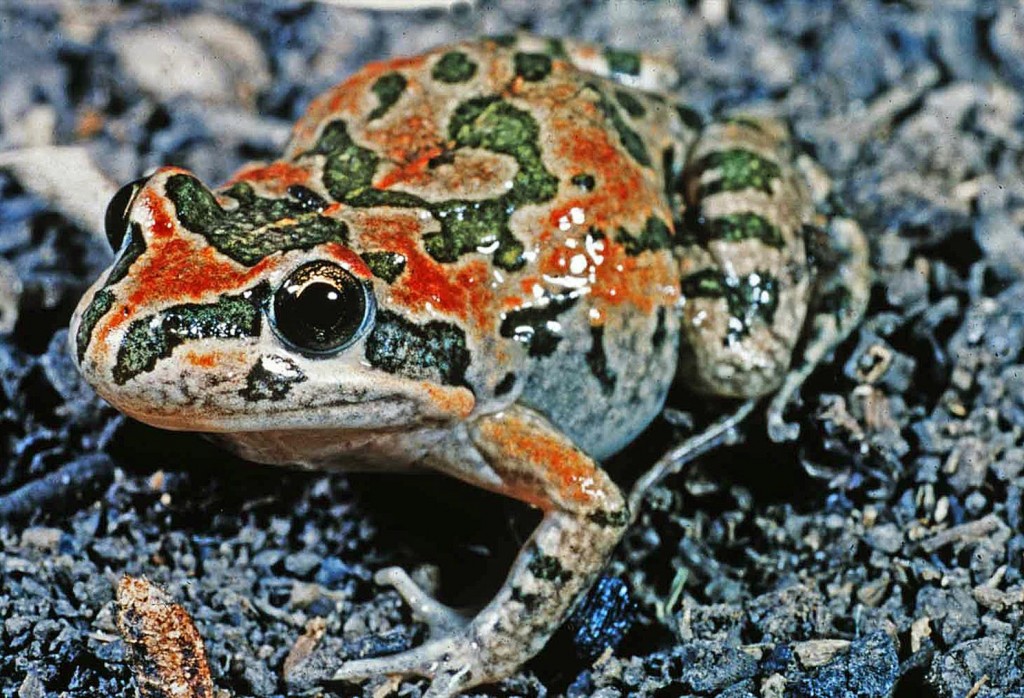
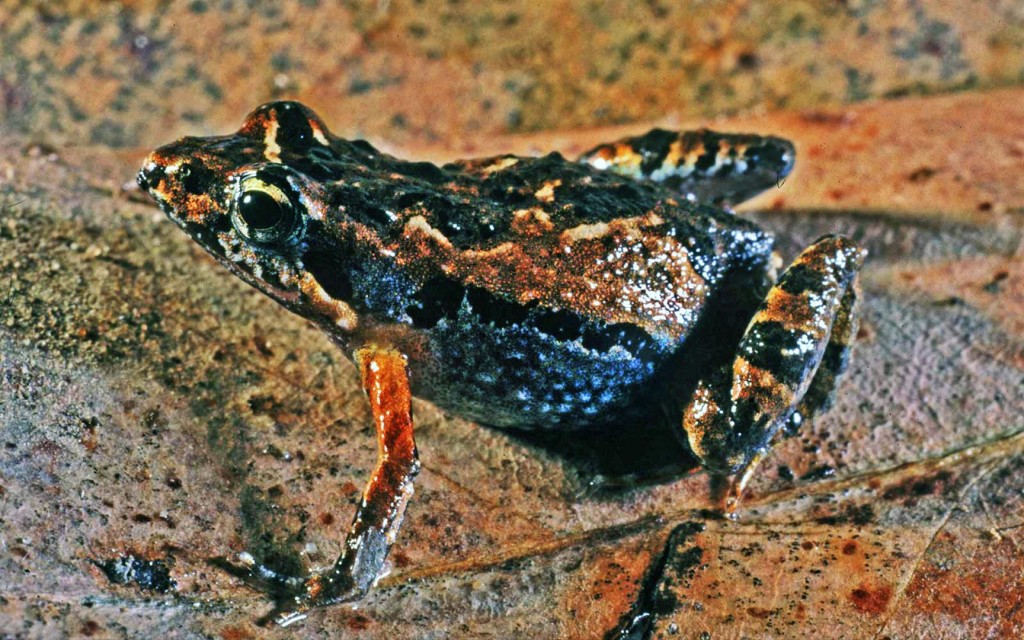
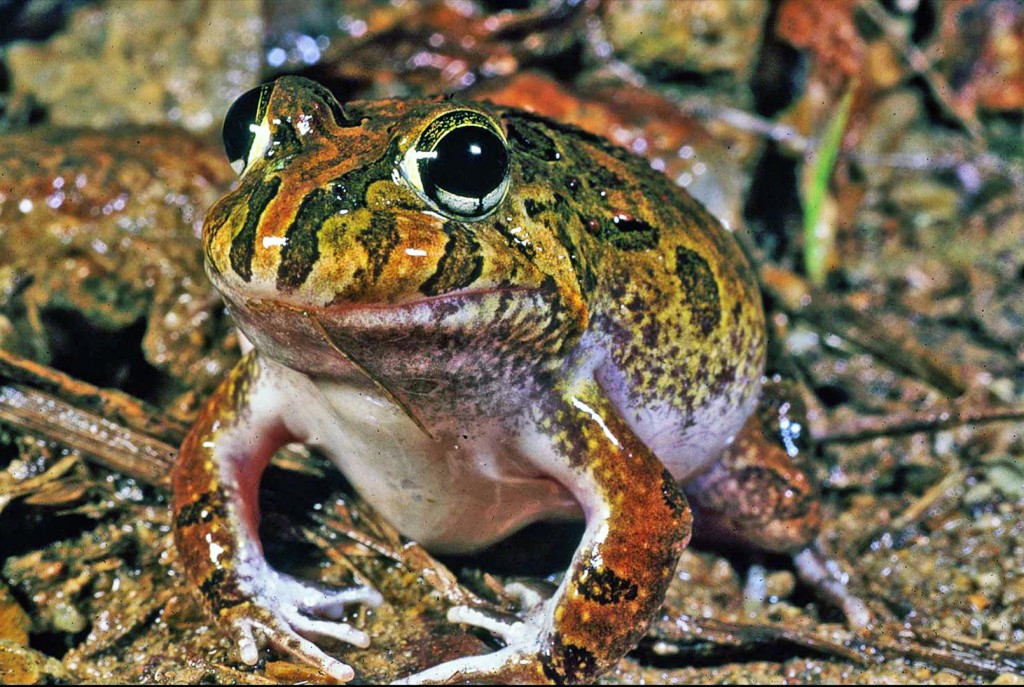
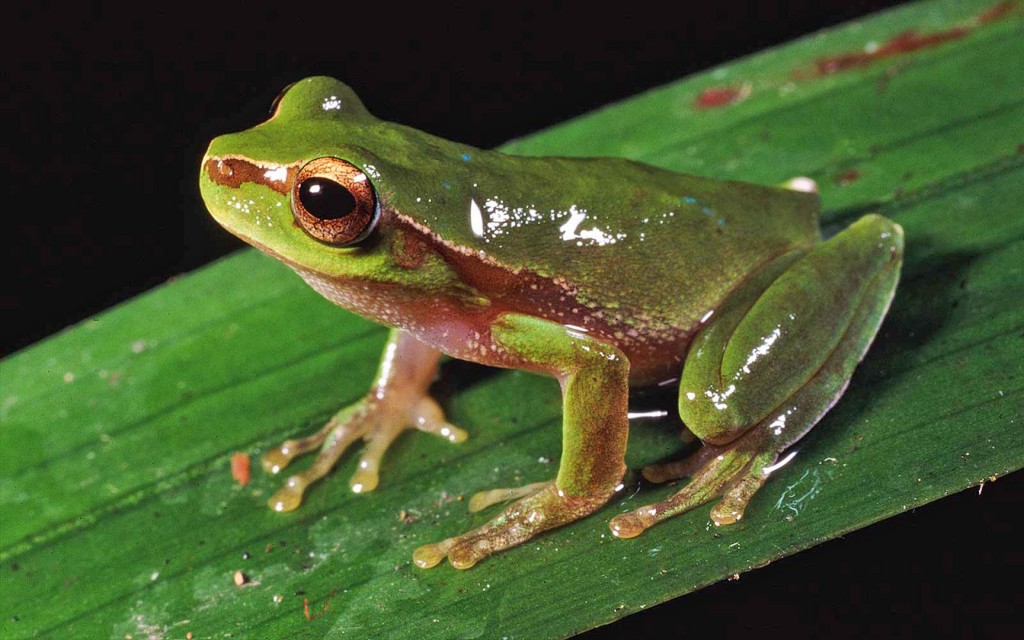
I love your stories Rob and your fantastic photography. These frog images will help me with ID instead of bugging Harry Hines.
Thanks Kathy, much appreciated. All the best, Rob
Wow, Rob, these are fantastic pics and a most interesting read for crazy frog lovers like me. Most of these I haven’t seen before. Excellent post! 🙂
Thanks Jane, much appreciated. Frogs are seriously cool! Cheers.
Thankyou Jane, much appreciated!
Hey Rob
Getting lost, cold and wet at times aside, you have captured some wonderful images of the creators of in my opinion some of the best night sounds in nature.
Thanks for sharing them and your tales.
Thanks for the kind words Rob, hope all is well with you. Cheers, Grillsy.
Hi Robert,
I see you have an Adelotus picture from Mt Moffat. That might be a significant record – there are no records in ALA, and no recent records from the Carnarvon or Expedition Ranges. There are previous records from Carnarvon Creek, including the headwaters up on the Consuelo Tableland. Are you able to share details?